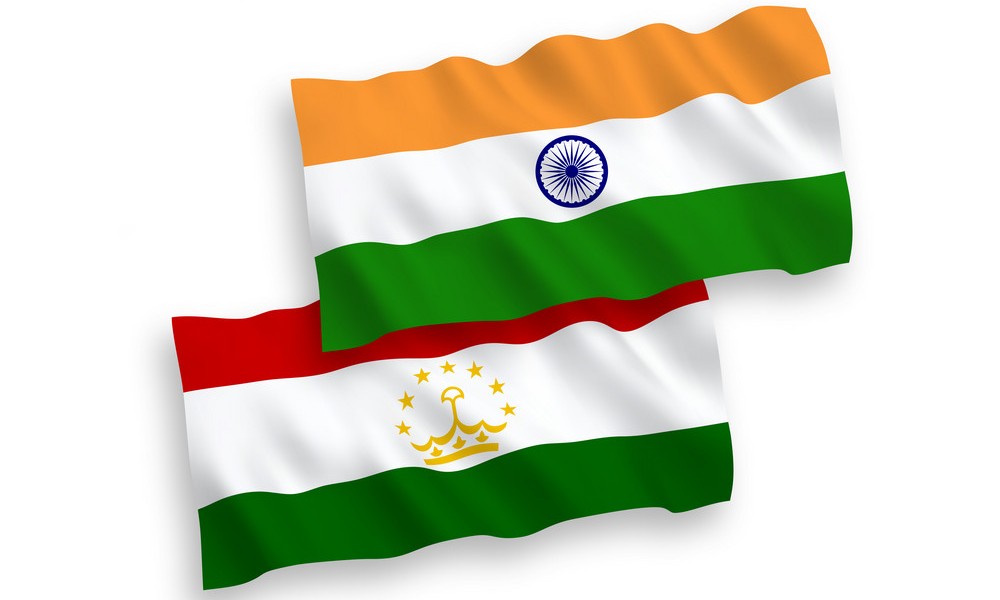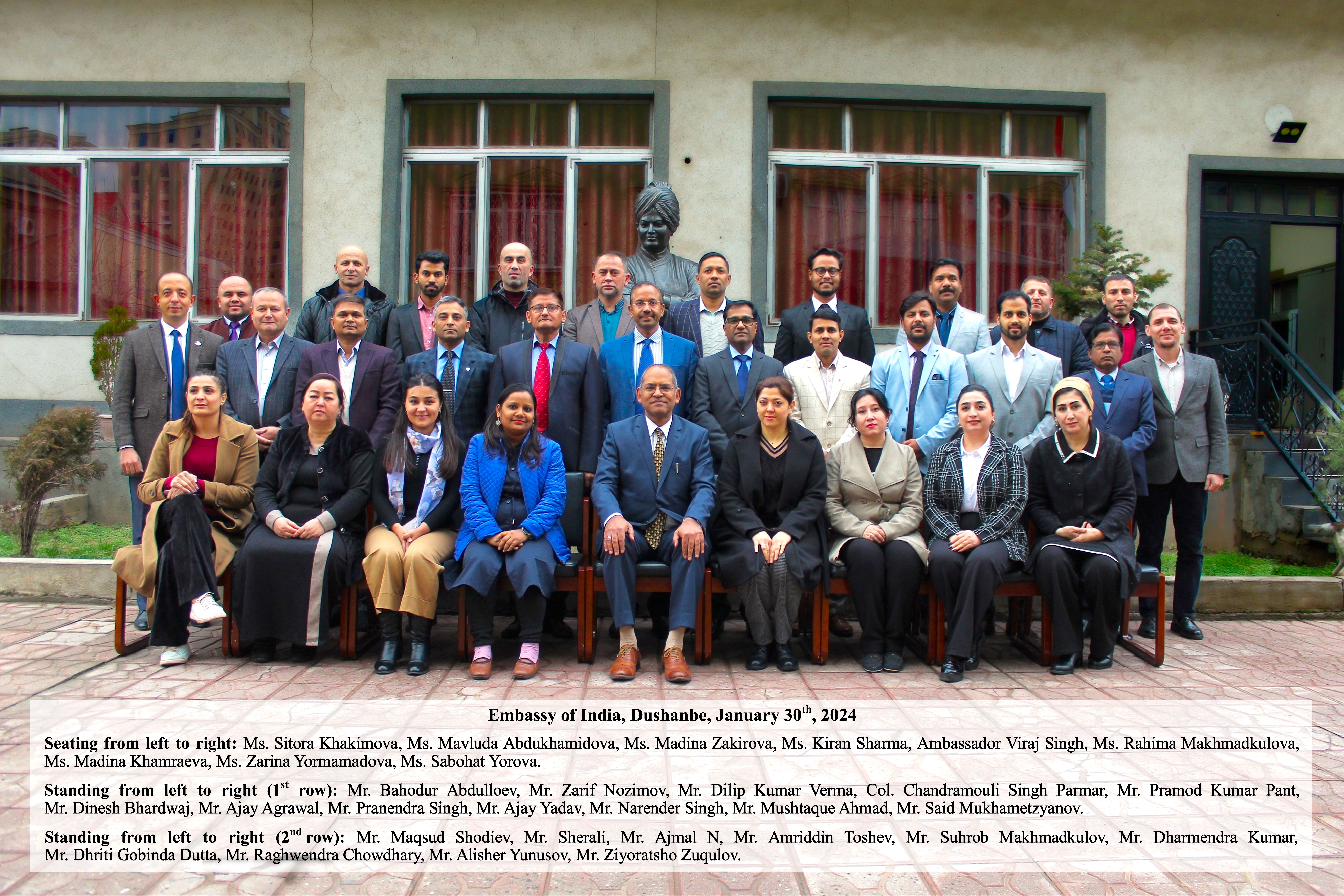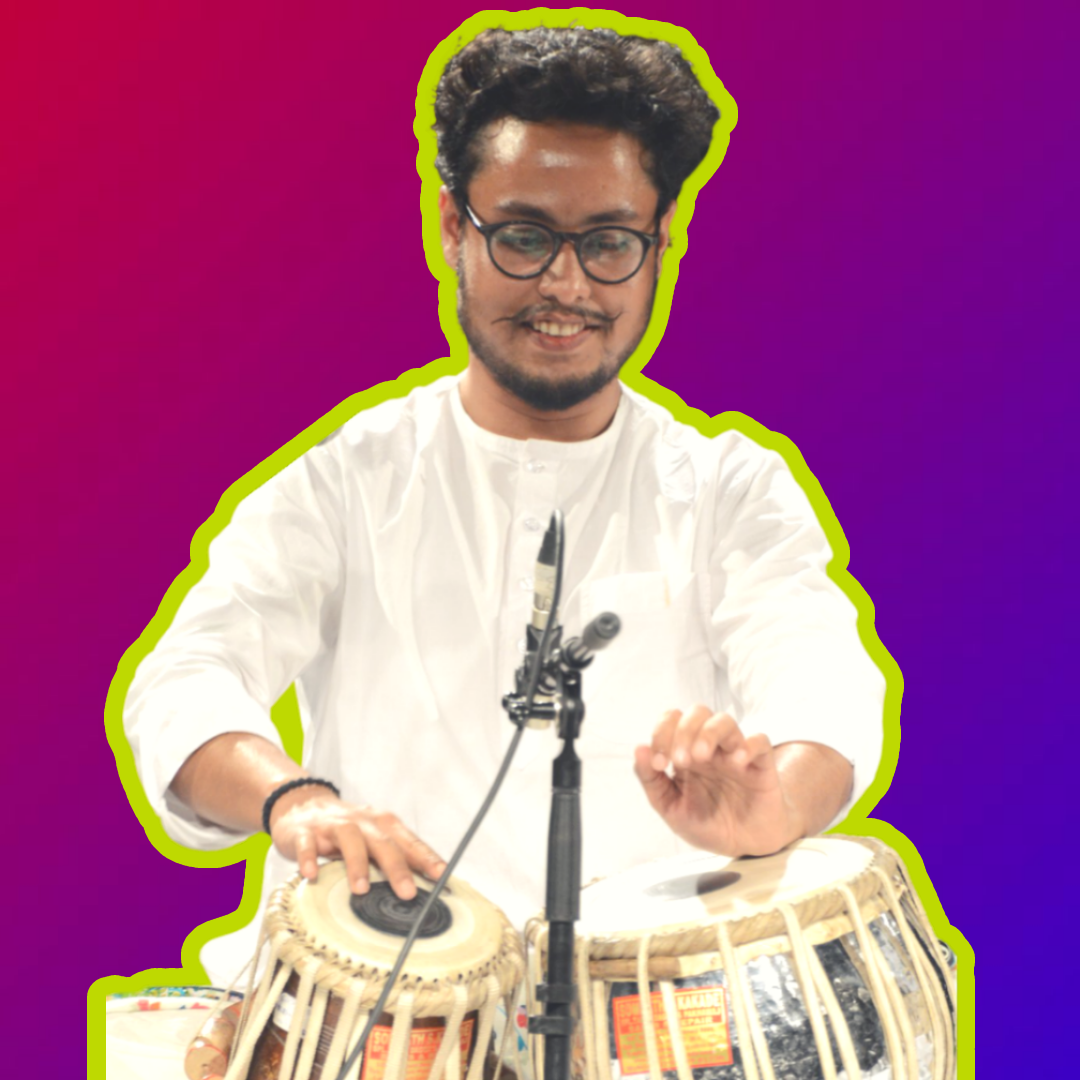The Hindustoni Hook

From Guwahati to Dushanbe
Shumo Hindustoni? (Are you an Indian?) Was the first query that I had the pleasure of nodding in agreement upon my arrival in Dushanbe, the capital city of Tajikistan & the rest is history! Certainly not as I am often struck by the profound affection the locals have for Hinduston, they fondly refer our nation to. This endearing term, which resonates deeply with the people of Tajikistan, reflects the strong cultural and historical bonds that exist between our two nations.
First Encounters
Tajikistan, a landlocked country in Central Asia, is officially known as the Republic of Tajikistan, with Dushanbe as its capital and largest city. It shares borders with Afghanistan, Uzbekistan, Kyrgyzstan, and China, and is separated from Pakistan by the Wakhan Corridor. This territory has a rich cultural heritage, having been home to various civilizations and empires throughout history, including the Neolithic, Bronze Age, Oxus civilization, and others. It has been ruled by numerous empires and dynasties, such as the Achaemenid, Sasanian and Mongol Empires, and later by the Russian Empire and Soviet Union. Tajikistan declared its independence on September 9, 1991, and after a civil war from 1992 to 1997, has established political stability and experienced economic growth.
India and Tajikistan share a rich cultural heritage and historical connections that span centuries. The ancient Silk Road trade routes facilitated cultural exchange and mutual understanding between merchants, scholars, and travellers from both regions. We share cultural traditions, with Indian classical music and art influencing Tajik culture, and Sufism playing a significant role in both regions. Linguistically, Tajik with a marginal difference from Persian (Farsi) has been spoken in Tajikistan, with roots in Sanskrit and other ancient Indian languages. Buddhism also flourished in ancient Central Asia, with Indian monks leaving behind monasteries and inscriptions. The remains of Buddhist sites in Tajikistan highlight this shared heritage. In 1959, archaeologist Boris Litvinskiy uncovered a remarkable statue of the "Sleeping Buddha" (Buddha in Nirvana) during excavations at the Ajina tepe Buddhist temple in southern Tajikistan. The 13-metre-long clay statue, now a prized exhibit at the National Museum of Antiquities in Dushanbe, depicts a reclining Buddha, with only the original lower portion and head preserved, while the middle section has been restored.
The Bollywood Effect
As I delved deeper into the local culture, I was struck by the immense popularity of Indian cinema, particularly the iconic film Disco Dancer (1982). Several fierce altercations erupted at many movie halls while purchasing entry tickets, revealing the immense passion of the locals towards Indian films. Bollywood superstar Mithun Chakraborty, popular here as Jimmy has become a household name in Tajikistan, and his iconic dance moves have inspired countless fans. Moreover, their admiration for Shahrukh Khan surpasses that of any other actor I am familiar with, with his charismatic on-screen presence having captured the hearts of the mass.
When I started conducting classes primarily as a teacher of Tabla sharing its intricacies and beauty with my students, I was met with a surprising yet delightful request - to teach them some Bollywood songs! It was astonishing to discover that the people of Tajikistan have a deep affection for our film music, with many of our iconic songs and dances remaining firm favourites among the locals. The influence of Indian Cinema extends far beyond the realm of music, with our soaps and serials being a staple form of entertainment in almost every household. It's not uncommon to find families gathered around the television, eagerly following the latest dramas and comedies from India, or humming along to the catchy tunes of Bollywood blockbusters. This cultural exchange has created a unique bond between our nations, with Indian music and cinema serving as a universal language that transcends borders and cultures. As I watched my students sway to the rhythms of "Ghar More Pardesia" or "Mile Ho Tum Humko", I realised that music has the power to unite us all, regardless of our geographical distances or linguistic differences.
During my visit to the Roof of the World Music Festival in Pamir for a performance, we had the opportunity to visit a hot spring in Ishkashim, about 100 kilometres from Khorog, the capital city of Gorno-Badakhshan. After soaking in the medicinal warm waters, when I along with my colleagues went for a tea, the owner spontaneously broke into a rendition of "Jeena Yahan Marna Yahan Iske Siva Jana Kahan" & expressed his fondness for Raj Kapoor & his films. This impromptu performance was a testament to the deep affection the locals have for Indian music and cinema, and the significant role it plays in their cultural heritage. Tajiks too shed tears at the passing away of legendary playback singer Lata Mangeshkar.
A clip from ROOF OF THE WORLD MUSIC FESTIVAL, Khorog, Pamir
Shared Language & Expressions
In an interview at the Dom Radio channel, the interviewer emphasised the significance of the Vedas, a comprehensive and timeless repository of wisdom that transcends religious affiliations, uniting us as "hum-resha" - bound together by the same thread of cultural heritage as he described our relationship. This poignant observation resonated deeply with me, as I realised that our shared cultural heritage is a powerful bond that connects us across borders and generations. The Vedas, with their profound insights into the human condition, have inspired countless generations, and continue to be a source of wisdom and guidance for people around the world.
Tajik and Hindi languages share similarities due to their common Sanskrit roots and historical cultural exchange which has played a significant role in their development. Many words are cognates, meaning they have the same origin and meaning:
Hindi | Tajik | Meaning |
|---|---|---|
माँ - mā̃ | модар (modar) | Mother |
पिता - pitā | падар (padar) | Father |
पानी - Paani | об (ob) | Water |
आग - āg | оташ (otash) | Fire |
घर - ghar | хона (khona) | House |
दिल - dil | дил (dil) | Heart |
खून - khoon | Хун (khoon) | Blood |
ज़मीन - zamin | Замин (zamin) | Earth |
आसमाँ - āsmā̃ | Осмон (osmon) | Sky |
This makes us mutually intelligible to some extent, with speakers of one language able to understand some words and phrases of the other.
Upon visiting restaurants or boarding taxi cabs, we are invariably greeted by the sonorous strains of Bollywood hits, a testament to the locals' predilection for Indian music. The more I acquired proficiency in the Tajik language, I discovered that it facilitated more effective communication with my students, and indeed, the populace at large. The Tajiks are a remarkably warm and hospitable people, habitually exchanging salutations and inquiries about each other's well-being, even among strangers.
Shared Flavours & Celebrations
Tajikistan's food culture is a vibrant blend of Central Asian and South Asian flavours with Russian, Afghan, Iranian and Uzbek similarities. The country's strategic location along the ancient Silk Road facilitated the exchange of culinary traditions, with Indian spices & herbs seeping into Tajik cuisine. Popular dishes like qurutob (flatbread with yoghurt and onions), shurbo (soup with meat and vegetables), and mantu (steamed dumplings) showcase the Indian connection with chawal, chapati, kebabs, momos being our regulars. The unique similarity is that of Sambusa as our very humble Samosa is called here. An Indian would somehow be able to gather rice, flour, a couple of dals including common masalas in Dushanbe.
East-West: Eurasian musical traditions and folk art in the cultural space of the Commonwealth of Independent States” organised by the Ministry of Culture, Tajikistan
Rhythm Beyond Borders
Tajikistan harbours a great deal of music culture. Be it folk, classical or popular music each has a fan base of its own. Their classical music is known as Shashmaqom- Shashmaqom (Tajik: Шашмақом) Shash meaning six, & Maqom means modes in persian. It is a refined musical form existing in the central Asian countries of Tajikistan & Uzbekistan. The subject is the expression of divine love. The style developed during the ancient Persian civilisation of Bukhara. Shashmaqom Music has been inscribed on the UNESCO Representative List of the Intangible Cultural Heritage of Humanity in 2008. Other forms of folk music include Khalqi, Gharibi, Falak etc. The musical instruments include Rubab, Dutor, Doira, Tablak, Kanoon played solo or in accompaniment. Music of both the countries share similarities & it is quite fascinating for me to delve deeper into the subject which I look forward to detailing shortly. I had the privilege of working with local musicians & music being a universal language we conversed fairly well!
The populace of Tajikistan exhibits a profound fondness for music and dance, enthusiastically embracing the rhythmic cadences of Indian melodies, amongst others. A humorous incident that comes to mind is the occasion when I was in Pamir, where a lady, situated at a slight remove from the main stage, was entranced by the music performance that she placed her baby on a nearby bench and started dancing solo! The rhythm clearly got to her, and she couldn't resist moving to the beat. The incident however small is no trifle rather shows the rhythmic thriving within, which expresses itself at significant impulses!
SVCC

The Swami Vivekananda Cultural Centre is annexed to the Embassy of India in Dushanbe. It offers various courses, including Tabla, Kathak, Yoga, and Hindi language. A significant number of students enrol each year to learn and practise Indian culture. The Indian Council for Cultural Relations provides scholarships to the students of different nationalities to pursue their chosen fields of study in India. Additionally, the Government of India offers opportunities for students to enhance their skills across different fields of knowledge through ITEC courses. The bust of the father of our nation, Mahatma Gandhi was officially opened during the visit of our former Prime Minister Atal Bihari Vajpayee, in 2003. The bust of Nobel Laureate Kabiguru Rabindranath Tagore was unveiled by our Prime Minister Narendra Modi in 2015.
Tajiks exhibit a special fondness for tea, a beverage that holds a revered position in their culture. As a native of Assam, a region renowned for its tea plantations, I found this connection quite endearing. The tea ritual in Tajikistan is characterised by a delightful informality, with hosts inquiring about one's preference for black or green tea, though it must be noted that the terminology employed differs from the conventional understanding of these terms. The tea itself is surprisingly light, making it perfect for leisurely sipping and chatting, as two friends can spend hours discussing life over a cup of their favourite brew.
Prior to arrival, my knowledge of this enchanting land and its amiable inhabitants was limited, but I was eager to explore and discover the many wonders that Tajikistan has to offer. Being a cultural representative of my country as I walk down my avowed path to unite the two nations in the thread of music & culture I couldn’t help but pick up gems along the way. Tajikistan, its people & culture inspire me to move forward in my voyage to unravel the points of our intersection- might appear as a tiny patch from above but as you bow down you know that dots are uncountable, multifaceted & beautiful!

